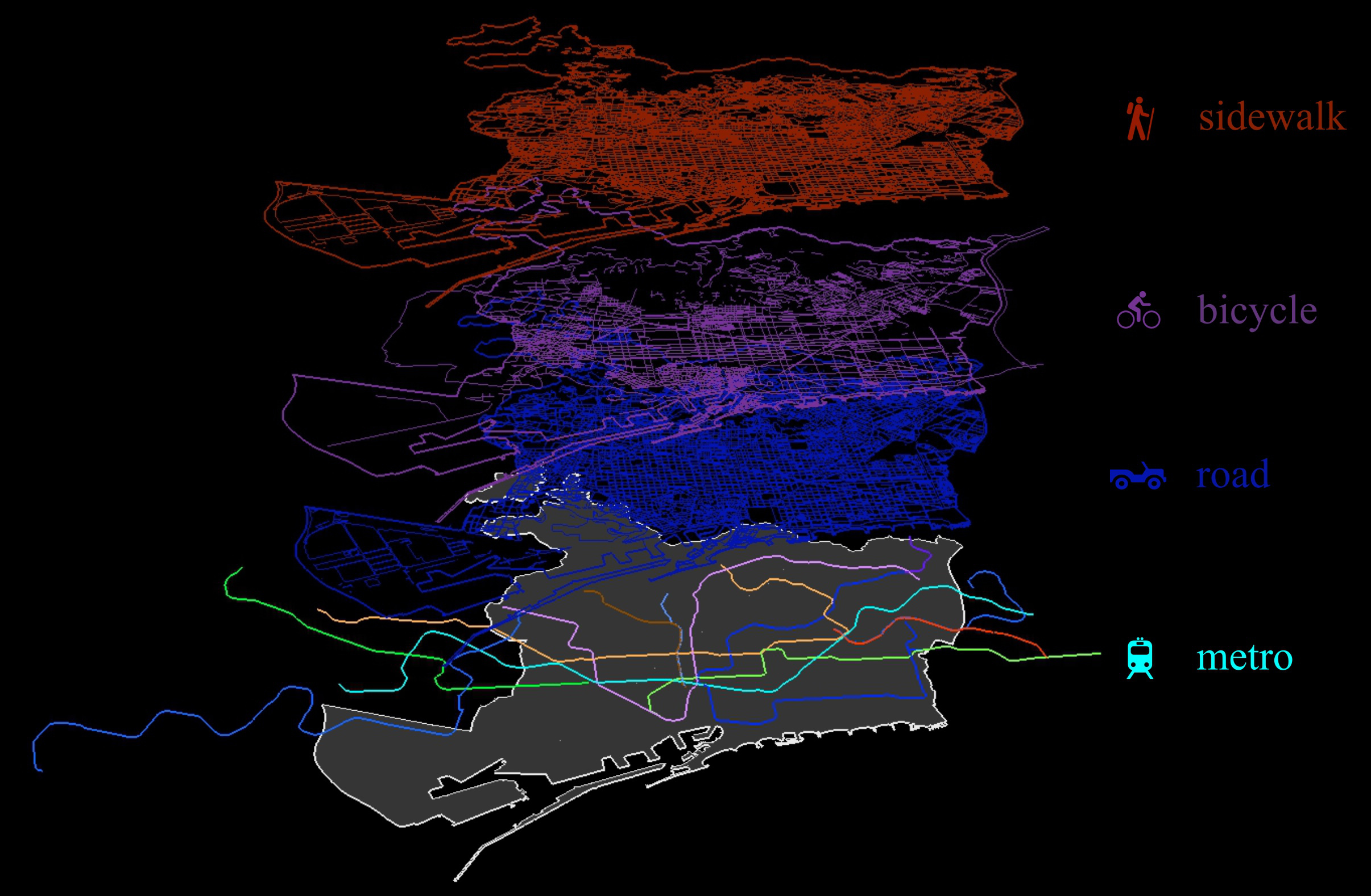From a transport perspective, increasing active travel –and walking in particular– is crucial for the future of sustainable cities, as reflected in global decarbonisation policies and agendas. Further, walking is much more than a mere mode of transport: it provides a fundamental social function, fostering vibrant cohesive communities. Arguably, walking and its associated infrastructure –sidewalks– should rank among the highest priorities for planning authorities. However, efficiency- and speed-driven urbanisation has gradually reallocated street space to private cars, leading to automobiles being the prioritised mode of transport today. Empirical research has generally followed suit, and a systemic understanding of walking as a phenomenon is largely missing, i.e., questions like how connected, resilient, accessible, or socially equitable is the pedestrian infrastructure of whole neighbourhoods and cities. Such relative neglect of sidewalk network research is, first and foremost, the consequence of a generalised lack of publicly available data on sidewalk infrastructure worldwide. A second reason might be its apparent lack of interest from a systemic standpoint: pedestrian mobility does not produce coordination challenges on the scale that cars do. In this work, we confront this perception by showing that there is ample research potential in the study of system-wide sidewalk networks, with both structural and dynamical challenges which might be critical to pursue the latest aspirations towards sustainable mobility in cities.

Sidewalk networks: Review and outlook
Journal
Computers, Environment and Urban Systems
Date
2023
Authors
D. Rhoads, A. Solé-Ribalta, J. Borge-Holthoefer, M. C. González, M. Szell, C. Rames
Research area
- Structure and Dynamics of Urban Complex Systems
Keywords
- Pedestrian Mobility, Sidewalk Networks, Urban Planning, Walkability



